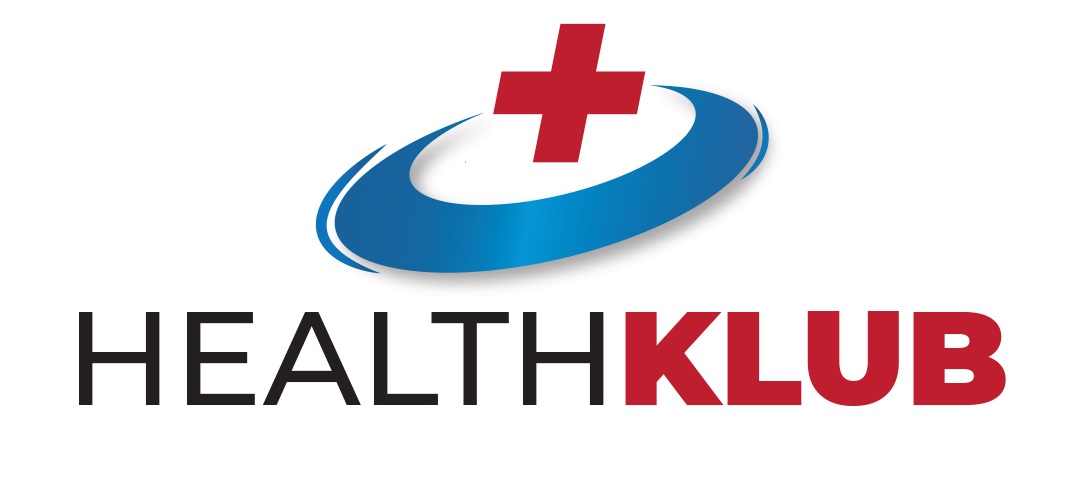Introduction
Are you giving your body the rest and recovery it needs to optimize your exercise routine? In our fast-paced world, it’s easy to get caught up in the “go hard or go home” mentality, pushing ourselves to the limit day after day. But neglecting rest and recovery can actually hinder your progress and put you at risk of burnout and overtraining.
In this article, we will delve into the importance of rest and recovery in an exercise routine and how it can help you achieve better results in the long run. Our bodies need time to repair and rebuild muscle tissue, replenish energy stores, and reduce the risk of injury. By incorporating periods of rest and recovery into your training program, you can maximize the benefits of your workouts and prevent stagnation.
Don’t let burnout and overtraining derail your fitness goals. Discover the power of rest and recovery and take your exercise routine to new heights.
What is rest and recovery?

Rest and recovery refer to the time and activities that allow your body to repair and rebuild itself after exercise. While exercise is crucial for stimulating muscle growth and improving overall fitness, it’s during rest and recovery that your body adapts to these stimuli and becomes stronger.
Rest can be categorized into two types: passive and active. Passive rest involves complete rest and relaxation, while active rest involves engaging in low-intensity activities that promote blood flow and aid in recovery.
During rest and recovery, your body repairs damaged muscle fibers, replenishes energy stores, and removes waste products. This process is essential for muscle growth, injury prevention, and overall performance improvement.
The consequences of inadequate rest and recovery
Neglecting rest and recovery can have detrimental effects on your body and overall fitness. Without sufficient recovery time, your muscles become fatigued, making it harder to perform at your best. Additionally, inadequate rest can lead to increased inflammation, decreased immune function, and an increased risk of overuse injuries.
Furthermore, chronic lack of rest and recovery can lead to burnout and overtraining. Burnout is a state of physical and mental exhaustion caused by prolonged periods of intense exercise without adequate recovery. Overtraining, on the other hand, refers to a condition characterized by a decline in performance, persistent fatigue, and increased risk of injury due to excessive training.
Both burnout and overtraining can have long-lasting effects on your physical and mental well-being, often requiring extended periods of rest to fully recover. It’s important to recognize the signs of burnout and overtraining early on to avoid reaching this point.
The benefits of proper rest and recovery

Incorporating proper rest and recovery into your exercise routine offers numerous benefits that can enhance your overall fitness and well-being.
- Muscle repair and growth: Rest and recovery provide the necessary time for your muscles to repair and rebuild. This process is essential for muscle growth and strength development. Without adequate recovery, your muscles won’t have the opportunity to adapt and grow stronger.
- Injury prevention: Consistently pushing your body to its limits without allowing for proper rest can increase the risk of overuse injuries. Rest and recovery help reduce inflammation, repair damaged tissues, and prevent injuries caused by repetitive strain.
- Improved performance: Giving your body the time it needs to recover can actually improve your performance in the long run. With each recovery period, your muscles become stronger and more resilient, allowing you to push harder during your workouts and achieve better results.
- Mental rejuvenation: Rest and recovery not only benefit your physical body but also your mental well-being. Taking time to relax and recharge can reduce stress levels, improve sleep quality, and enhance your overall mood and motivation.
Incorporating rest and recovery into your exercise routine is not a sign of weakness but rather a smart and necessary approach to optimize your results and prevent burnout.
Signs of burnout and overtraining
It’s crucial to be aware of the signs and symptoms of burnout and overtraining to avoid pushing yourself to the point of physical and mental exhaustion. Some common signs to watch out for include:
- Persistent fatigue: Feeling constantly tired, even after getting adequate sleep, is a red flag for burnout and overtraining. Your body may struggle to recover and repair itself, leading to persistent fatigue.
- Decreased performance: If you notice a decline in your performance despite consistent training, it may be a sign that you’re not allowing enough time for recovery. Overtraining can lead to decreased strength, endurance, and overall athletic performance.
- Frequent illnesses: Overtraining weakens the immune system, making you more susceptible to infections and illnesses. If you find yourself getting sick more often than usual, it could be a sign that you need to prioritize rest and recovery.
- Mood changes: Overtraining can negatively impact your mood and mental well-being. Irritability, anxiety, and a lack of motivation are all signs that your body and mind are in need of adequate rest.
If you experience any of these signs, it’s important to listen to your body and take the necessary steps to prioritize rest and recovery. Ignoring these warning signs can lead to more serious health issues and hinder your progress in the long run.
Strategies for incorporating rest and recovery into your exercise routine
Now that we understand the importance of rest and recovery, let’s explore some strategies for incorporating them into your exercise routine:

1. Scheduling rest days:
One of the simplest ways to ensure you’re getting enough rest is to schedule regular rest days into your training program. These rest days should be free from any structured exercise and allow your body to fully recover. Use this time to engage in low-impact activities, such as stretching or light walking, to promote blood flow and aid in recovery.
2. Active recovery exercises:
Incorporating active recovery exercises into your routine can be beneficial for promoting muscle recovery and reducing muscle soreness. These exercises should be low-intensity and focus on stretching, mobility, and gentle movement. Examples include yoga, swimming, or cycling at a leisurely pace.
3. Listening to your body:
Your body is a great indicator of when it needs rest. Pay attention to how you feel both during and after your workouts. If you consistently feel overly fatigued, sore, or experience sharp pain, it may be a sign that you need to take a step back and allow for more recovery time.
4. Periodization:
Periodization is a training technique that involves varying the intensity and volume of your workouts over time. By incorporating planned periods of lower intensity and volume, you give your body the opportunity to recover and adapt. This approach can help prevent overtraining and promote long-term progress.
5. Prioritizing sleep:
Sleep plays a crucial role in rest and recovery. Aim for 7-9 hours of quality sleep each night to allow your body to repair and recharge. Create a sleep routine that promotes relaxation and stick to it consistently.
6. Nutrition for recovery:
Proper nutrition is essential for optimal recovery. Make sure to fuel your body with a balanced diet that includes an adequate amount of protein, carbohydrates, and healthy fats. Consuming nutrients post-workout, such as a protein shake or a meal containing lean protein and carbohydrates, can aid in muscle repair and replenishing energy stores.
Conclusion
In our quest for fitness and performance improvement, it’s easy to overlook the importance of rest and recovery. However, neglecting these crucial components can hinder progress and put us at risk of burnout and overtraining.
By prioritizing rest and recovery, we give our bodies the time and resources they need to repair, rebuild, and adapt. This ultimately leads to better performance, injury prevention, and long-term fitness success.
Incorporate strategies such as scheduling rest days, engaging in active recovery exercises, and listening to your body’s cues. Remember to prioritize sleep and nutrition to optimize your recovery process.


